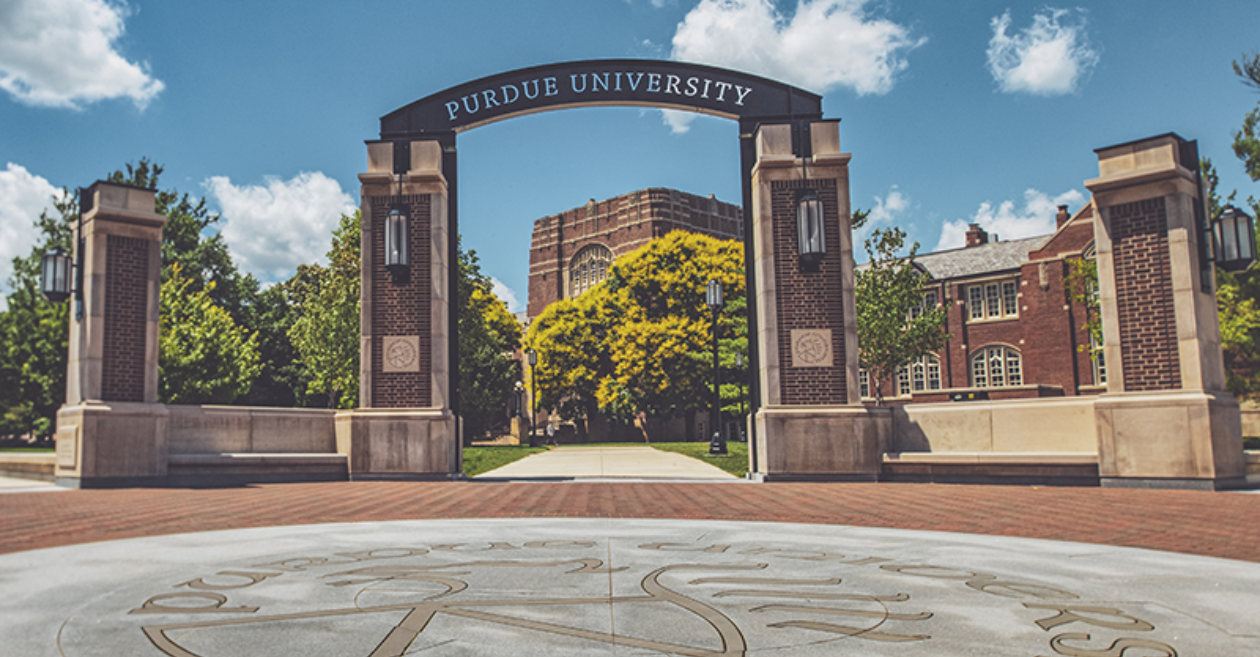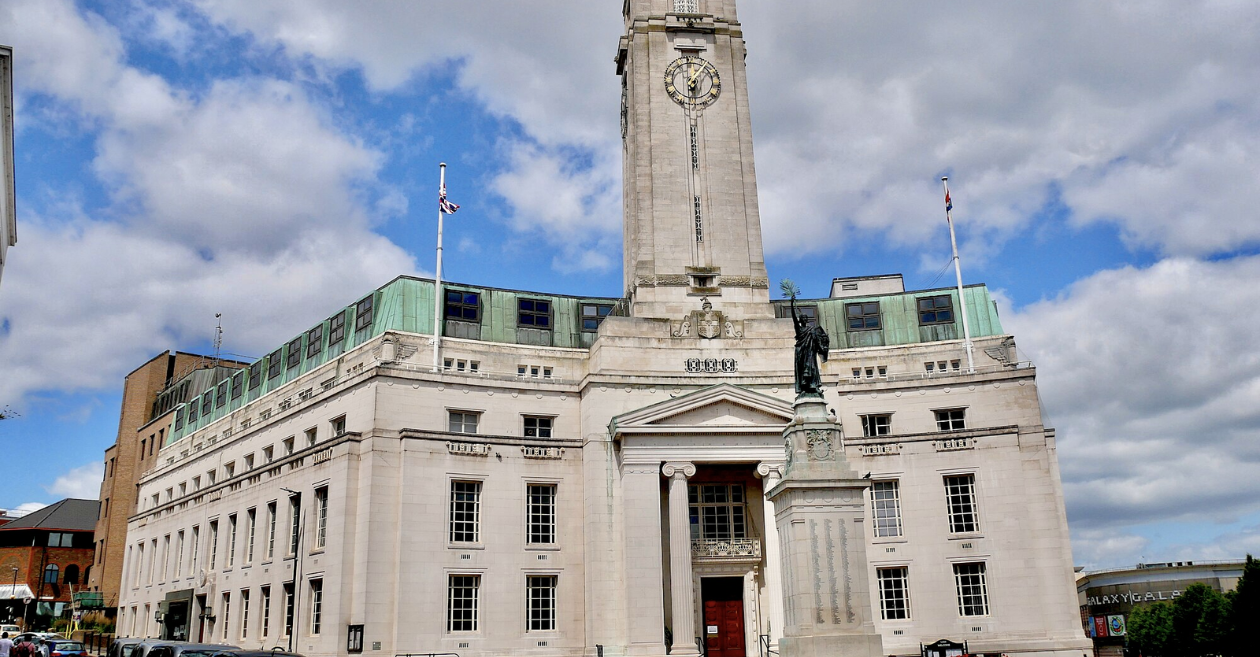


Purdue University, a powerhouse of academic excellence and technological innovation, stands tall as a symbol of progress in the heart of Indiana. Let's embark on a captivating journey to explore the rich history and remarkable milestones of this prestigious institution since its founding.
People Also Read: What is NFL
Established on May 6, 1869, Purdue University has evolved from a humble land-grant institution into a global center for cutting-edge research and education. Its foundation was laid during a transformative era in American history, reflecting the nation's commitment to higher education and industrial advancement.
Purdue's birth was part of the Morrill Act of 1862, which aimed to make higher education accessible to the masses by allocating federal land for the establishment of colleges. Purdue, the beneficiary of this act, embraced its mission to provide a "broad and liberal education" alongside a focus on agriculture and mechanical arts.
Purdue has a strong aviation legacy, with Amelia Earhart serving as a consultant in the Department of Aeronautics and hosting her famed flight program. This commitment to aviation innovation laid the groundwork for Purdue's renowned School of Aeronautics and Astronautics.
Purdue proudly claims 25 astronauts among its alumni, including the first person to walk on the moon, Neil Armstrong. The university continues to contribute significantly to space exploration and research.
Purdue has been a breeding ground for Nobel laureates and innovators. Notable figures like Herbert C. Brown, a Nobel laureate in Chemistry, and innovators like Orville Redenbacher, the popcorn magnate, are part of Purdue's illustrious alumni.
Purdue's academic structure comprises 13 colleges and schools, each dedicated to fostering excellence in specific disciplines. From the College of Engineering to the Krannert School of Management, the university offers a diverse range of programs.
With over 44,000 students from all 50 states and more than 130 countries, Purdue boasts a vibrant and diverse student community. The university's commitment to fostering a global perspective enriches the learning experience for all.
Purdue's research prowess is evident through its numerous centers and institutes dedicated to advancing knowledge and solving real-world challenges. The Purdue Research Park, one of the largest university-affiliated research parks in the United States, serves as a hub for innovation.
The university's impact on innovation is reflected in its impressive record of patents and discoveries. Purdue consistently ranks among the top institutions for patent applications and technology transfer, translating research into tangible solutions.
Key Milestones
| Year | Milestone |
| 1869 | Purdue University founded |
| 1935 | Amelia Earhart becomes consultant in the Department of Aeronautics |
| 1969 | Neil Armstrong, Purdue alum, walks on the moon |
| 2005 | Discovery Park, a research and entrepreneurship hub, established |
| Alumni | Achievement |
| Neil Armstrong | First person to walk on the moon |
| Amelia Earhart | Pioneer in aviation |
| Herbert C. Brown | Nobel laureate in Chemistry |
| Orville Redenbacher | Popcorn entrepreneur |
Purdue University's journey from its inception in 1869 to its current status as a global research and educational powerhouse is a testament to its unwavering commitment to excellence. From the first flight to the exploration of outer space, Purdue's legacy is etched in the annals of history, inspiring generations to reach for the stars. As we explore Purdue University, we not only discover its storied past but also witness the continuous pursuit of knowledge and innovation that defines its future.
Purdue University was founded on May 6, 1869, as a land-grant institution, symbolizing a commitment to higher education and industrial progress during a transformative era in American history.
Purdue has a strong aviation legacy, with Amelia Earhart serving as a consultant in the Department of Aeronautics. This connection laid the foundation for Purdue's renowned School of Aeronautics and Astronautics.
Purdue boasts an impressive list of alumni achievements, including Neil Armstrong, the first person to walk on the moon, and Herbert C. Brown, a Nobel laureate in Chemistry. Innovators like Amelia Earhart and Orville Redenbacher are also part of Purdue's illustrious alumni.
Purdue's academic structure comprises 13 colleges and schools, offering a diverse range of programs. With over 44,000 students from various backgrounds, the university fosters a vibrant and inclusive learning community.
Purdue is a hub for groundbreaking research, evident through its numerous research centers and institutes. The university consistently ranks among the top institutions for patents and technology transfer, translating research into real-world solutions.

South Korea is like a cool mix of old

You might not think of Luton immediat

Cancun, just saying it makes you thin

The USS Enterprise is like a supersta

Woolworths, a beacon in the retail la

In the vast sea of credit card choice
Trash to treasure: How Google thinks
Spring Fashion Show at the University
Matter of Impact: April updates from
Android Enterprise security delivers
We are not gonna make spamming
Copyright By@TheWebTrends - 2023
BACK TO TOP